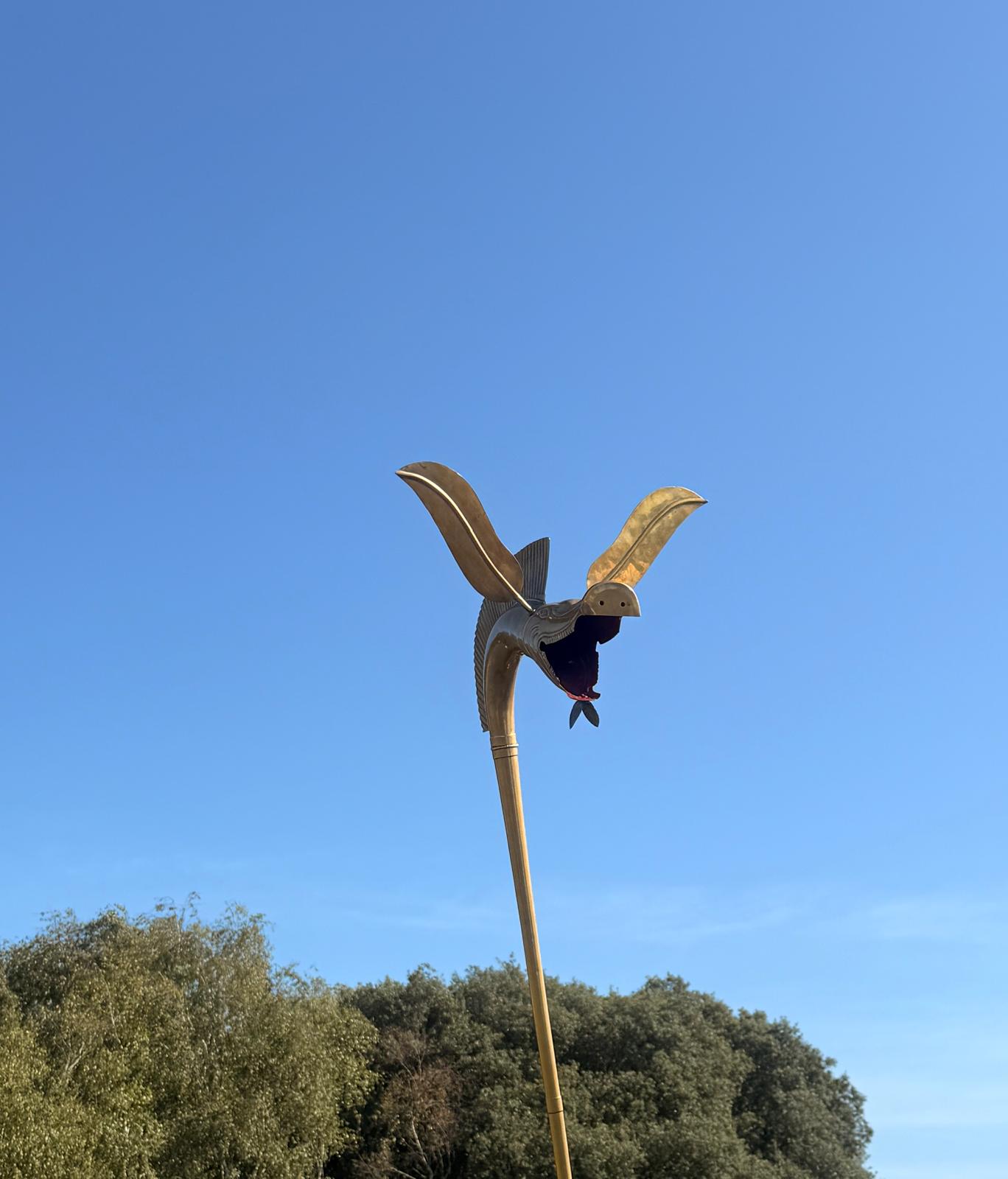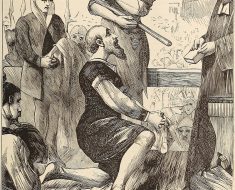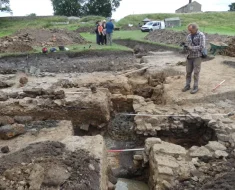Imagine a battlefield in Iron Age Europe, roughly between 200 BCE and 200 CE. Amid the clash of swords, shields, and the war cries of tribes, a long, slender, bronze instrument rises above the chaos.
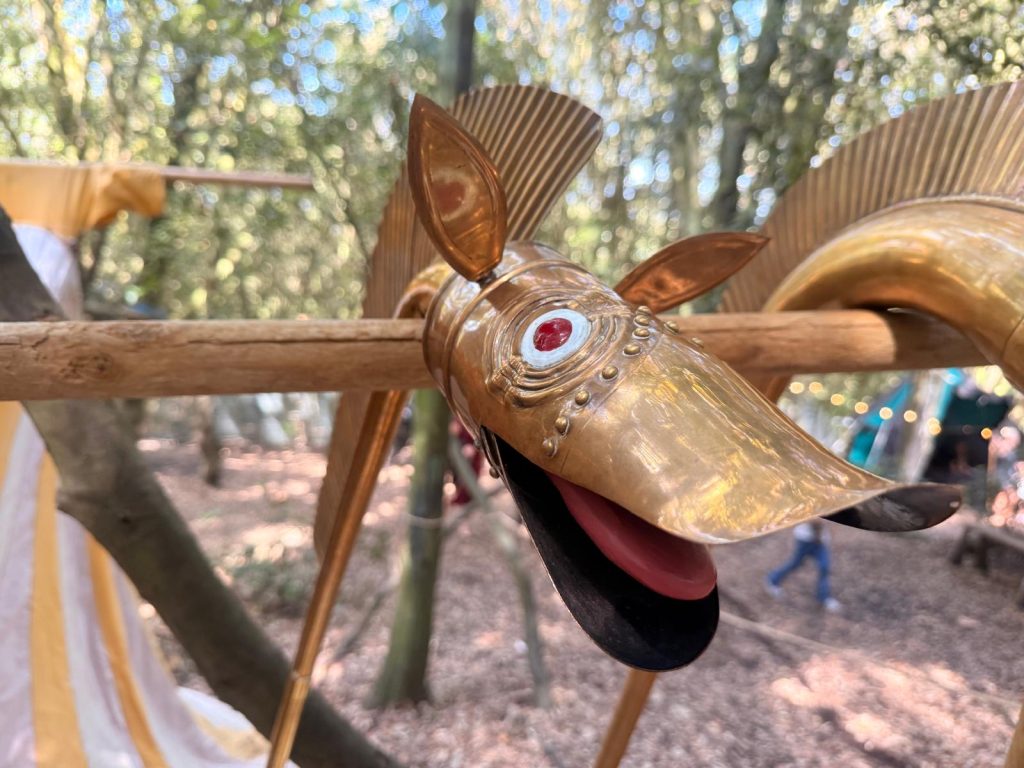
Its body, sometimes over two metres in length, ends in a bell shaped like a boar, serpent, or dragon. This is the carnyx, the Celtic war trumpet designed to terrify enemies and embolden warriors alike.
Warfare
Unlike modern trumpets, the carnyx was played vertically, held high so its sound could carry over hundreds of metres.
Its tone was not smooth or melodic…rather, it produced a harsh, wailing, almost animalistic shriek. Imagine hundreds of warriors advancing to that unearthly roar…it must have been truly terrifying.
Contemporary Roman accounts describe it as a weapon of psychological warfare, often more effective than the swords and spears it accompanied.
Its purpose was clear…to unnerve and confuse the enemy, signalling the approach of battle while rallying troops under a single, terrifying voice.
Uses
Archaeological finds of the carnyx are rare. Bronze fragments discovered in Scotland, France, and Romania hint at its widespread use across Celtic Europe.
Perhaps the most famous example is the Deskford Carnyx, found in Scotland in the 19th century, featuring a boar’s head with flaring jaws, intricately detailed and capable of producing that signature, fearsome sound.
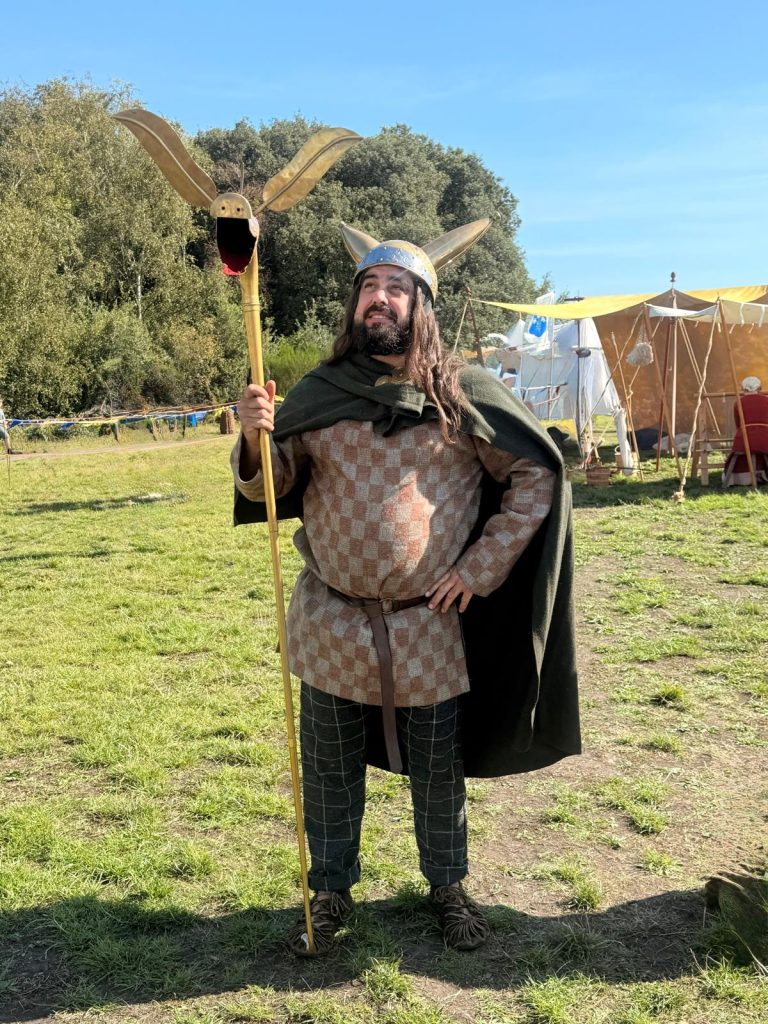
Reconstructions based on these fragments have allowed modern musicians to recreate its shriek, giving us a glimpse into the audacity and sophistication of Iron Age music and warfare.
Design
The design of the carnyx is both functional and symbolic. The elongated body allowed sound to travel far, while the stylised animal head projected the ferocity of the tribe.
In some cases, these heads may have also had religious significance, invoking the protection of deities or the fearsome spirits of the animal depicted. Celtic art, known for its intricate interlaced patterns and zoomorphic designs, finds a perfect echo in the carnyx, merging utility with symbolic power.
Playing the carnyx required skill and lung power.
It was not merely a loud horn; it demanded precise control of breath and embouchure to create the correct, piercing tone.
Warriors who wielded it were respected not just for their courage in battle but also for their mastery of this unusual and psychologically potent instrument.
In many ways, the carnyx was a bridge between music and martial strategy, a reminder that warfare in the Celtic world was as much about intimidation and spectacle as it was about brute force.
Fear!
By the Roman period, the carnyx became a subject of fascination and fear. Roman writers often mention it in accounts of encounters with Gauls and other Celtic tribes. Its eerie sound was likened to the scream of wild beasts or the cries of the dead, and it reportedly had the power to disrupt Roman formations before physical combat even began.
The psychological impact of such an instrument should not be underestimated: in a world without radios or cannons, the carnyx was an Iron Age equivalent of a sonic shock weapon.
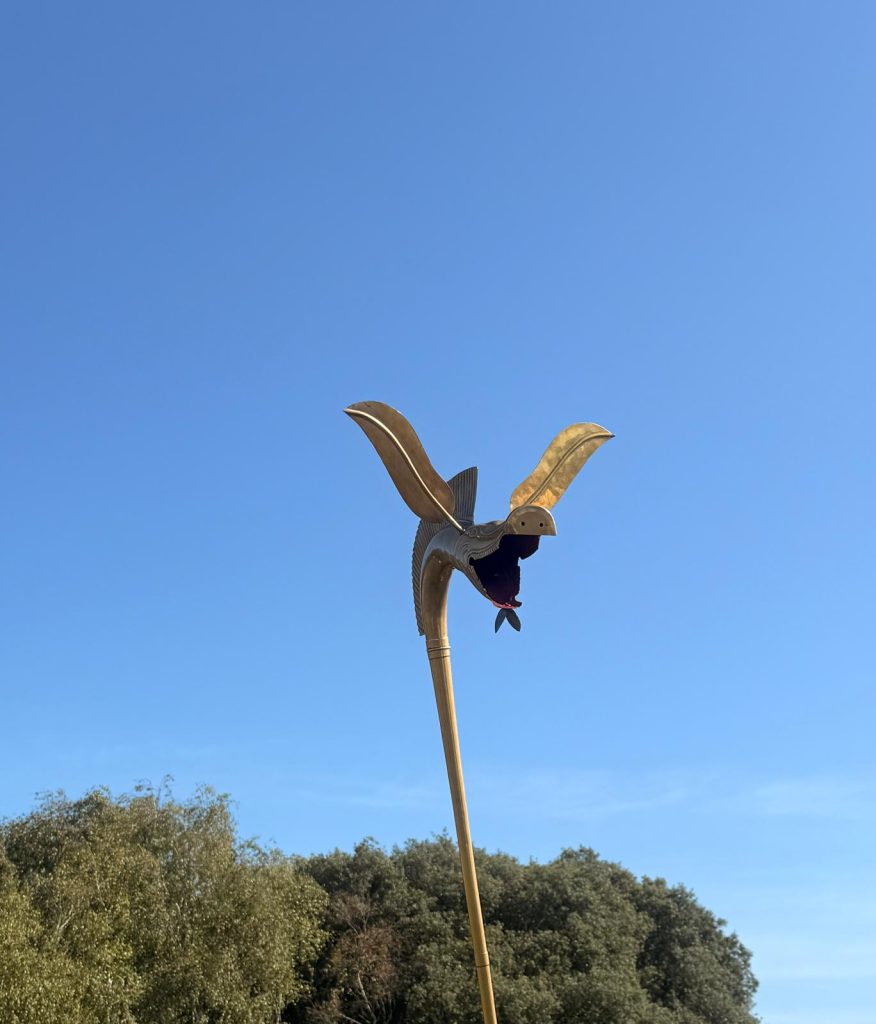
Although its use declined after the Roman conquest of much of Celtic Europe, the carnyx survived in memory and legend.
Legacy
Modern reconstructions, like the ones performed at Celtic festivals and in experimental archaeology, allow us to experience something of its terrifying grandeur.
Hearing a carnyx played today is haunting…the sound is raw, wild, and primal, a direct echo of the battlefields and rituals of a world long gone.
In essence, the carnyx is more than just a musical instrument; it is a symbol of Celtic identity, ingenuity, and theatricality in warfare.
It reminds us that ancient societies did not fight wars purely with swords and spears…they understood the power of fear, spectacle, and sound.
The carnyx’s wail is a voice from the past, calling across millennia, and it still has the ability to send shivers down the spine.
